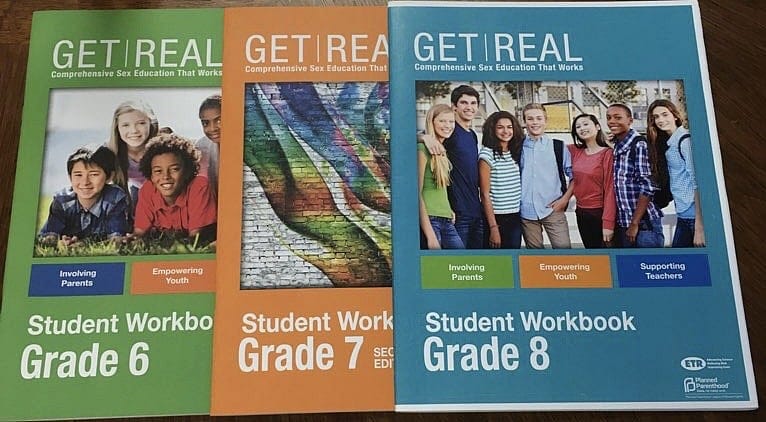What Sex Ed Bill Says All Massachusetts Public School Students Should Learn — Graphic Content Warning

[Editor's Note: The following article contains quotations from state-approved sex education manuals that describe certain sex acts and sexual situations in graphic terms. New Boston Post does not consider this article appropriate for children to read. We are publishing it because this material will become mandatory in all or almost all public schools in Massachusetts if the Comprehensive Sexuality Education bill, which was approved by the Massachusetts Senate on Thursday, January 16, 2020, becomes law.]
Once again, some Democrats in the Massachusetts Legislature want to mandate sex education at the state level.

